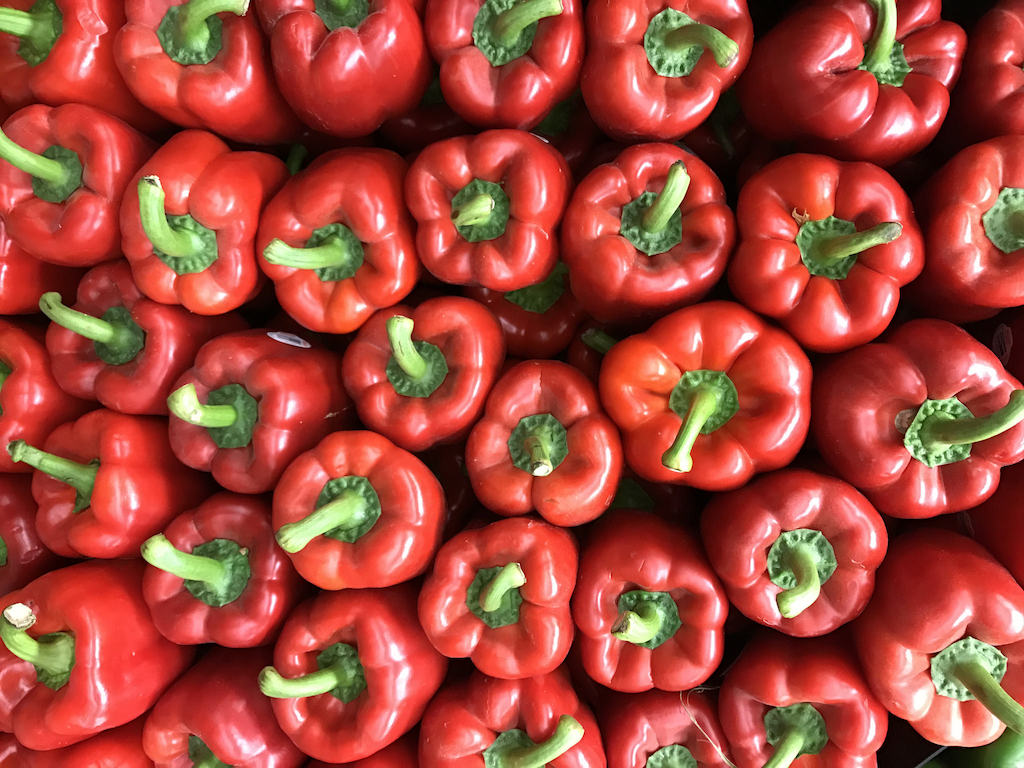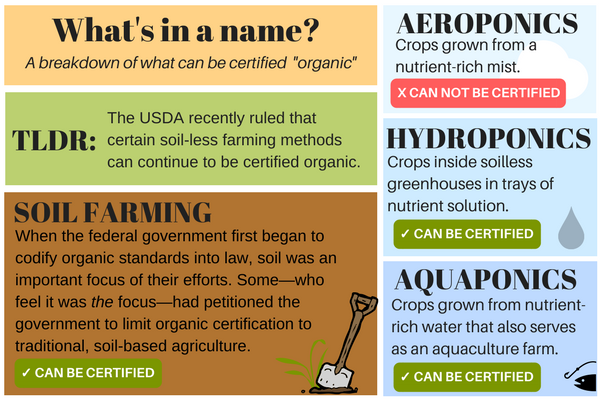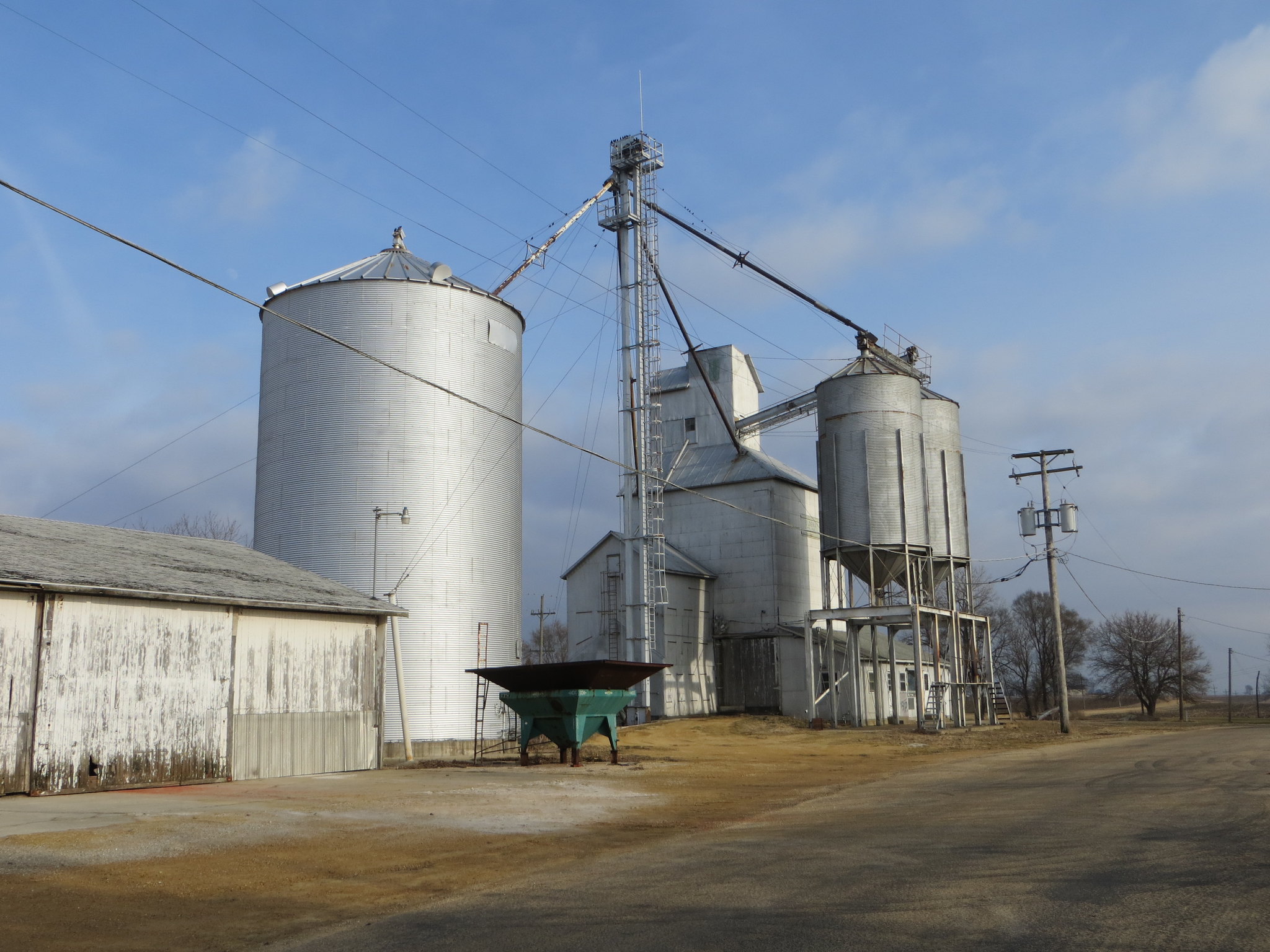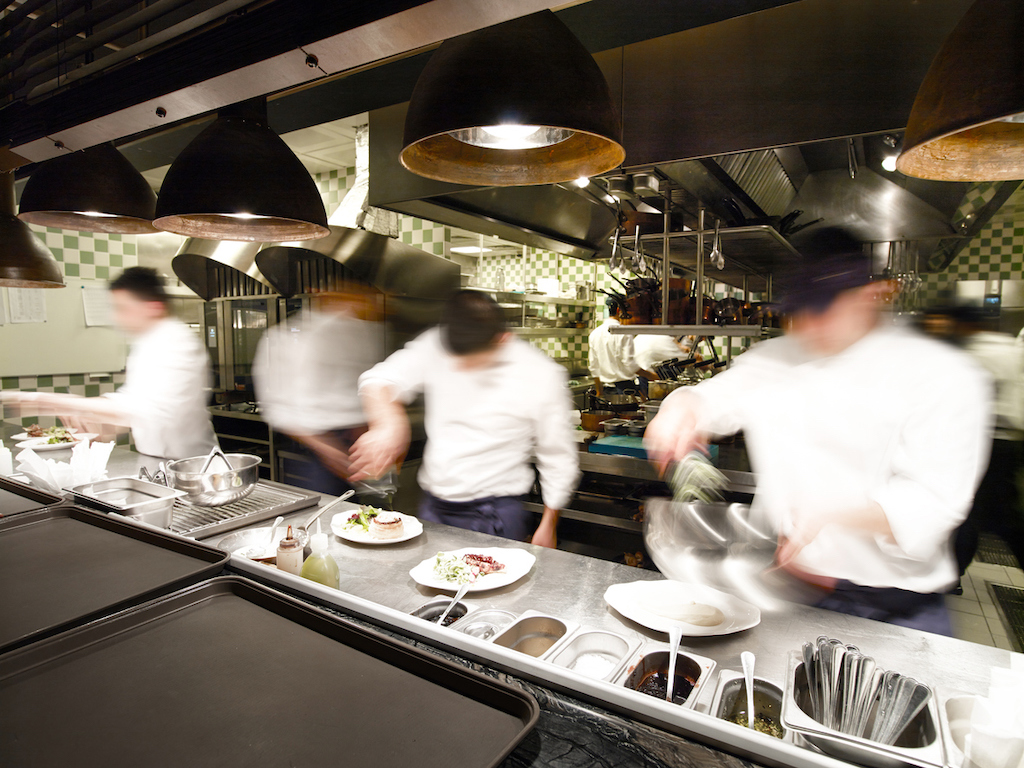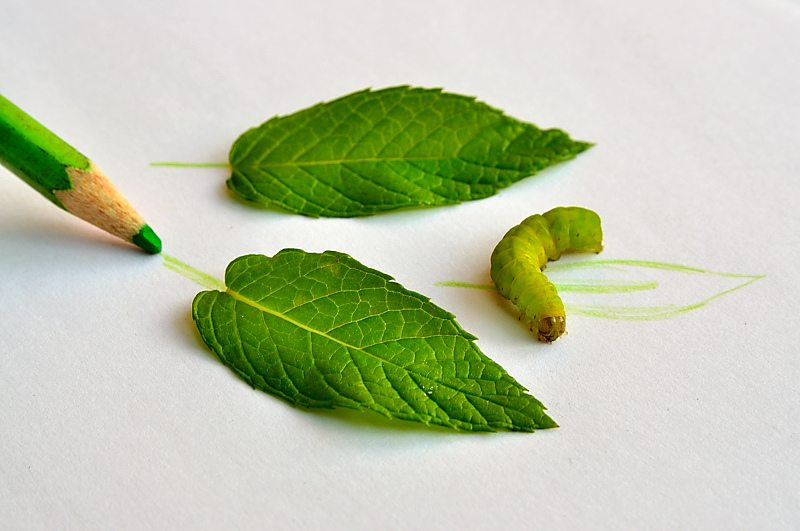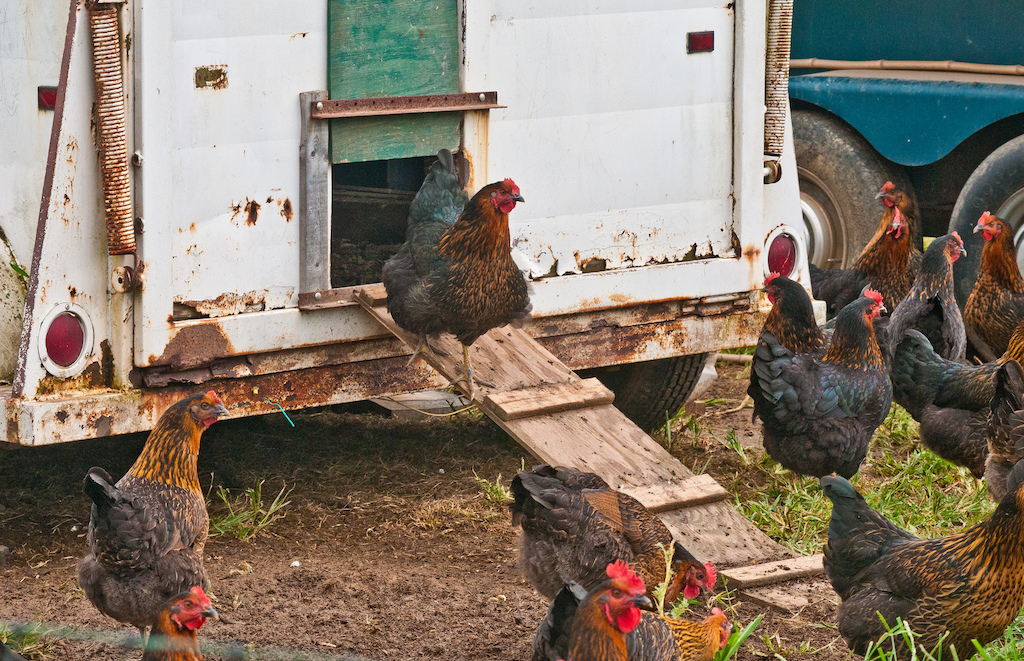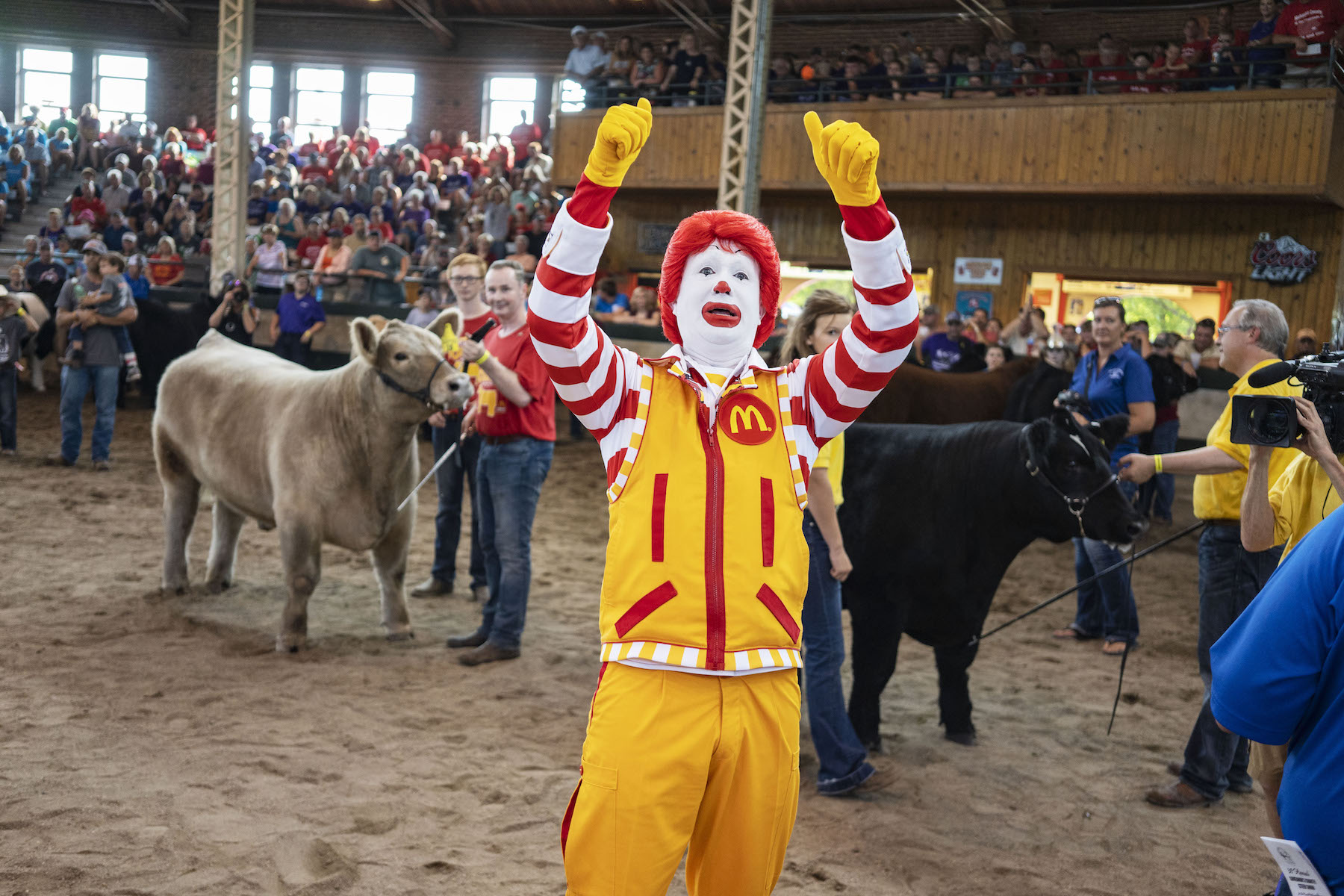Kole Tonnemaker laughs when I ask him why organic red bell peppers fetch such a premium price. An organic farmer in Royal City, Washington, he raises more than 300 varieties of peppers, along with tree fruit, melons, hay, and a wide variety of other fruits and vegetables (as well as quarter horses). But he’s not surprised I’ve singled this item out. Many customers base their sense of pepper prices on the conventional green pepper, which grocery stores across the country currently sell for $1.31 a pound on average. I’m not the first person to ask Tonnemaker why his organic red peppers cost almost twice as much.
The farm Tonnemaker runs with his wife Sonia was originally a tree fruit orchard, one that had been handed down through the family “for more generations than I know about,” he says. The pair first grew peppers to sell in 1992, after a second straight year of losing their tree fruit to a deep freeze. Disheartened, they realized they needed to diversify, and also to find something that they could plant after the frost and sell that year. Hoping for a bit more control—things out of his control are Tonnemaker’s least favorite part of farming—they settled on peppers. What they didn’t know then was that producing the perfect organic red bell pepper would be an exercise in the pursuit of perfection. And at quite the pretty price.
Here’s the first thing to know about pepper economics: Color matters, and red is much more time-intensive than green. That’s because peppers change color as they ripen throughout the summer. “Almost all of your red varieties start out green, then, as they mature, turn red,” Tonnemaker says. Most peppers start out green before reaching the hue—yellow, orange, purple, blue, red—they’ll eventually reach after many months of growing.
All that waiting takes time and money, especially considering that there’s already a strong market for plain old green peppers. “If you have a good, long growing season, if you keep picking the green bell peppers off as they get to size, then the plant will continue to flower and continue to fruit,” he says. Picking peppers early, then, is also a chance to increase yield. A plant that produces 10 green peppers if picked regularly might yield only three or four red ones if fruits are allowed to mature fully.
But even on the shortest growth cycle, pepper plants take a lot of nurturing. Long before they hit grocery stores, menus, or markets, they begin life indoors. “The biggest thing is to get them growing well in the greenhouse,” says Tonnemaker, adding that warmth is a huge factor. The soil should be 85 degrees Fahrenheit, but his central Washington farm doesn’t get anything like that. So, their first challenge is getting enough seeds to germinate.
Peppers spend their first eight weeks in the greenhouse
In a good year, the Tonnemakers get 160 days of growing season on their north-facing slope farm—a bit short, considering that peppers spend their first eight weeks in the greenhouse. Melons need only three weeks in the greenhouse, while tomatoes might only need five. Each pepper plant already costs about 30 or 40 cents by the time it moves from greenhouse to ground.
Tonnemaker estimates that each year, he spends about $1,875 on fertilizer, prepping the land and applying plastic mulch, then another $2,850 on mechanical tilling and hand-weeding the one-and-a-quarter acres of pepper plants they grow. (One-third of their pepper land is left to fallow or cover-cropped each year.) They also spend about $2,800 on land payments, water assessment, property taxes, and equipment payments, including depreciation.
The plants are usually transferred to the fields in early May, but if spring stays cool, they might not really grow until as late as the end of June. “Peppers seem to tolerate [cool temperatures] pretty well, but they don’t grow,” Tonnemaker says. “But everything else does, like the weeds.”
Peppers are what Tonnemaker calls a “noncompetitive plant,” meaning that in normal years he might have to weed by hand three or four times before the peppers really take off and fend for themselves among the weeds—compared to just once with a tomato. “If we start having any sort of a rain, then we get a flush of weed growth and we’ve got to be right there with [the weeding].”
Picking generally begins in mid-August. Once the harvest starts, pickers walk the entire field each week, maybe more often, selecting just the biggest and best-colored peppers. The harvesting costs of bell peppers work out to about 35 cents a pound. The season lasts until around the end of September or early October, and those last peppers aren’t dregs, says Tonnemaker: “That’s when the sun isn’t as intense, but the ground is still warm and the days are still warm.” For his farm, the premium harvest time for red bell peppers is in those final days before the killing frost—which could be a short window with little notice before closing.
Since they’ve outsourced the marketing to Tonnemaker’s brother’s company and eliminated the need for boxing (they sell by the bin to groceries and at markets), picking cost has gone down to just 35 cents a pound, even though they’ve starting having to pay pickers more. “With the escalating minimum wage in Washington, we cannot afford to hire inexperienced students on summer break as in years past,” he says. Instead he focuses on bringing in the most experienced, productive pickers—mostly family with a little help on weekends. Recently, they added a raised bed mulch layer, lifting the plants about 9 inches, which reduced labor costs by lessening how much workers need to stoop when they plant, weed, and pick, and making the work easier on family members who’ve been doing it for more than three decades. However, it increased other costs with the necessary equipment and modifications to old tools.
But even more than the long growing time, the short harvest season, the constant weeding, and the sunburn, Tonnemaker gets worked up when he talks about the price of seeds for his organic red bell peppers. The heirloom seeds he prefers are only about 5 cents each, but high-coloring, high-yielding hybrids can cost as much as 20 cents per seed. Looking back over the costs he’s provided me, Tonnemaker later emails that “thinking about all that makes one want to quit farming.”
But red bell peppers are another story: the size, shape, and color must be exact. Growing to meet the public’s high standards of cosmetic appeal piles on the expense, driving up the price for hybrid seeds designed to meet them. On the plus side, it reduces waste, but Tonnemaker mourns the varieties he’s watched disappear over the last 20 years. “If we want to keep growing them, we’re out of luck. They’ve been replaced by the newer and redder.”
And that, concludes Tonnemaker, is the real issue: Our drive to have access to the perfect size and shape and color just adds a huge amount of expense for the grower. Prices in the world of red bell peppers aren’t driven by flavor, but by cosmetic appeal. They cost so much not because that’s what it takes to produce peppers that are good enough to eat, but because that’s the price of producing peppers that look good enough to buy.
